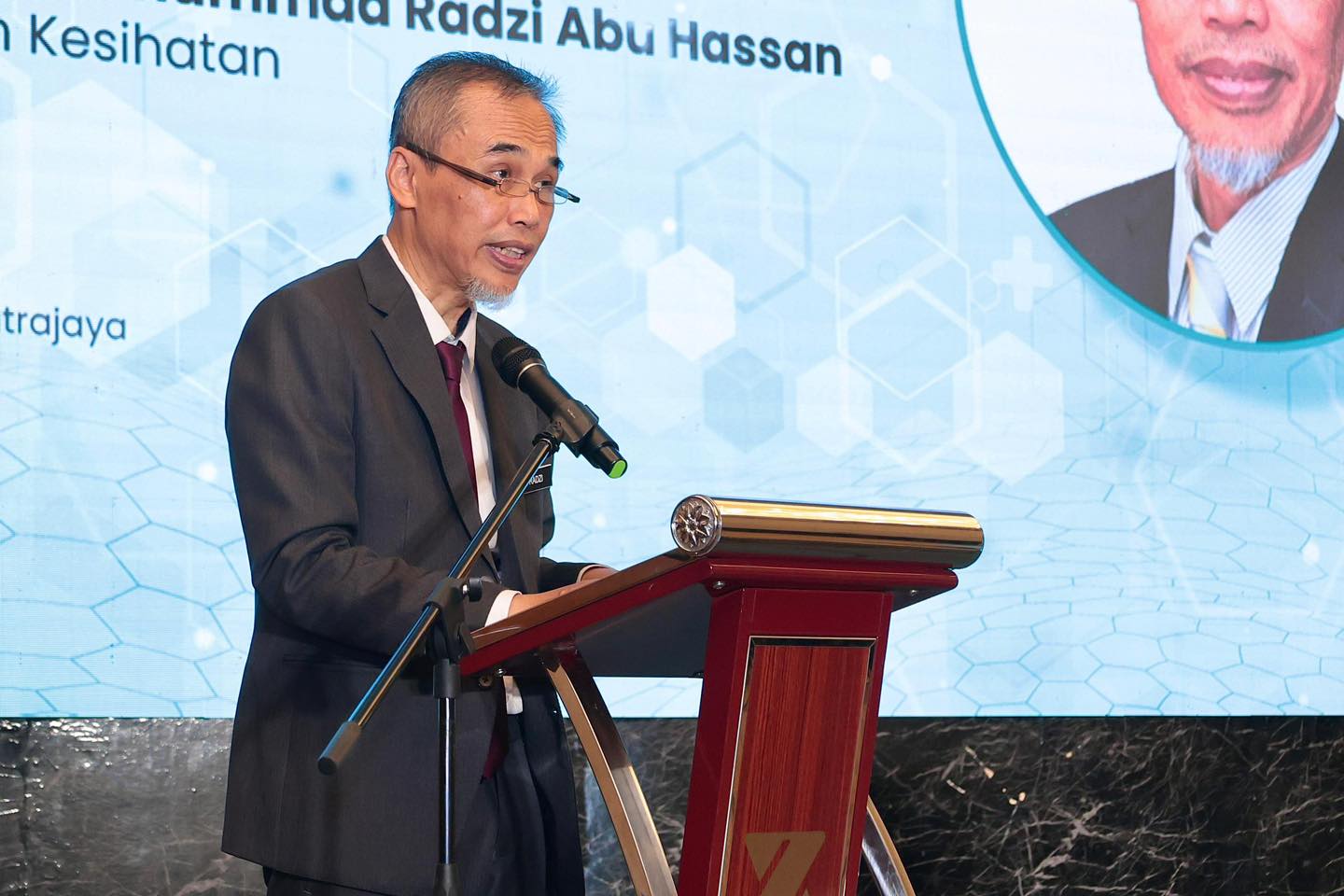As a doctor, I am utterly distressed by the daily news about the apparent critical state of the nation’s health care services and workforce in recent months, and doctors having their contracts terminated after working long hours and under poor working conditions.
The Ministry of Health’s (MOH) efforts in going the extra mile to support contract doctors by levelling training opportunities is commendable and widely acknowledged.
However, the younger generation is not motivated to stay on and apply for permanent posts, what with unappealing terms of service in far-flung districts and mismatched disciplines.
Some would have heard about the doctor who passed the MRCPCH paediatric professional exams, and has a contract due to expire this month.
It was easy for everyone to come to the wrong conclusion, but the doctor has actually declined a permanent post offer by the Public Service Department (JPA) a few years back.
Even with the allegations of cruelty, the MOH has tried to negotiate with JPA to renew a two-year contract for this doctor.
The valiant effort to retain doctors and improve the uptake of permanent posts is perhaps too little, too late. The core of the problem is actually the poor human resource planning and development at the MOH.
I had earlier raised the grave issue of doctor maldistribution in the MOH and offered some solutions to this chronic problem.
The MOH can learn from the paediatric fraternity, who virtually solved their manpower distribution with an ingenious data-driven, doctor-to-workload norm, which can be further improved, refined, and digitalised for other disciplines.
Using Artificial Intelligence (AI) and algorithms, the movement and rotation of doctors can be fairly and promptly resolved. This Health Information System (HIS) empowers the MOH with data-driven forecasts of medical manpower needs and better allocate medical personnel accordingly.
The MOH must learn from global multinational corporations about manpower distribution, such as the stringent safety culture of the aviation industry where there is no room for error.
The “Sihat Bersama 2030 Concept Note”, prepared by the Health Advisory Council to the Health Minister in November 2019, offers a range of solutions on human resource development that the MOH leadership can refer to.
One thing is for sure: the mess in which the health care workforce finds itself today is, in many ways, a legacy of the dysfunctional health leadership of the preceding years.
To paraphrase a leading clinician, now in retirement, but still upset by the failure of the present health care leadership:
“Honestly brother, the present MOH leaders at the top, both medical and administration (Pegawai Tadbir Diplomatik, PTD officers) are really weak. Serious!
“Pengarah2 in Putrajaya or in the states are seriously non-productive. Dare not speak out! All yes man (wonder who gestated this MOH culture?).
“They bend backwards for a guy to leap from UD54 to Khas Untuk Penyandang Jusa B and don’t give a hoot for the mass resignation of doctors at the grass roots.
“Their standard answer to these junior doctors, susah la! JPA tak approve, bla bla bla”
Considering the uncertainties and disorder in health human resources, here are three critical priorities that the top bureaucrat in MOH needs to address immediately:
Deploy AI To Correct The Maldistribution Of Doctors
The paediatric fraternity’s proactive and forward-looking initiative of creating a data-driven model for human resource planning places them at the forefront of solutions for workforce distribution of other specialties.
This team should be recruited to form a MOH Human Resource Planning and Development Task Force.
Using the technology, we can have live access to a dashboard that maps the under or oversupply of doctors in every state, hospital, district hospital, and health centres.
The dashboard will be displayed on screens at the Health Minister’s office for his attention and action. The Task Force can then analyse and advise the minister on the baseline number of specialists, medical officers, and house officers required to run the MOH services satisfactorily, and sound alerts when a potential human resource crisis is detected (abnormal high attrition, festive or maternity leave, etc.) before it emerges.
With this, the minister can negotiate with the Public Service Department (JPA) to stem the issue of random and indiscriminate terminations of doctors’ contracts.
This will correct the problem of gross maldistribution of health care workers currently plaguing the MOH that has severely undermined the future and morale of junior doctors.
Dr Musa Mohd Nordin is a consultant paediatrician.
- This is the personal opinion of the writer or publication and does not necessarily represent the views of CodeBlue.






